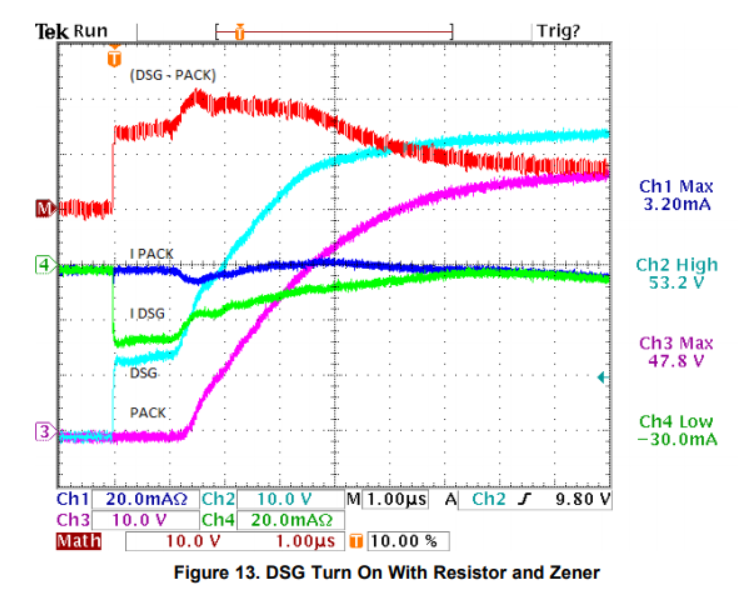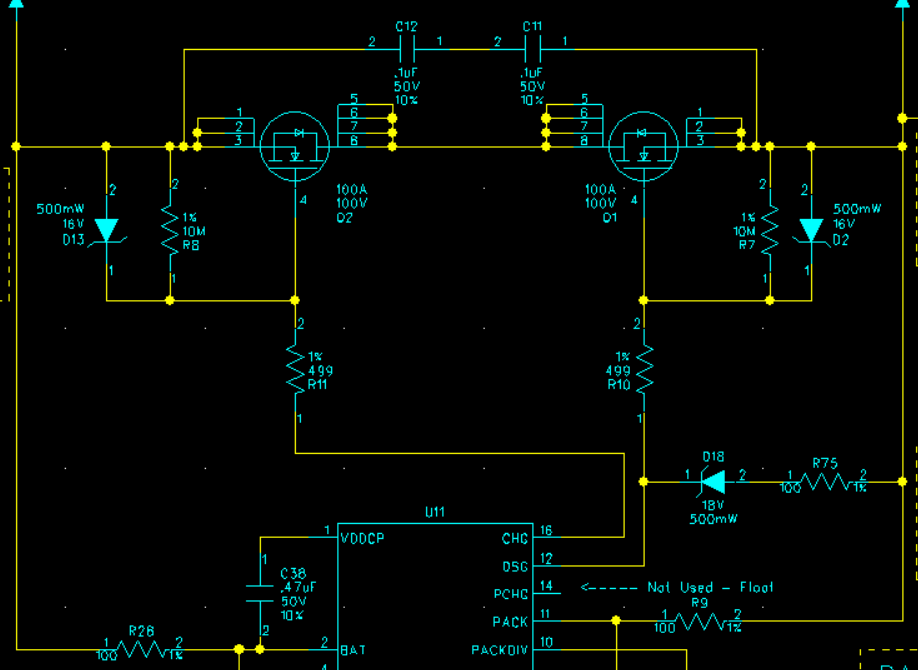Part Number:LM5175
Hi,
we have several designs built with LM5175 that are working very well. With one of these we got a new lot and have trouble with the free wheeling diode in parallel to the high Driver output FETs. Now I found that the Controller doesn't Output the gate Signal HDRV2 to the high Drivers whereas the LDRV2 is coming.The Output voltage (32V) is stable but all power is fed throug the Diode instead of the Transistors. I changed the Controller as I suggested that it is defect but it is still the same. The amazing Thing is that it Outputs the Signals when I operate the Booster from a weak (24V) power supply and it stops outputting the Signal running with a strong (24V) supply. This behaviour is Independent of the Output power. We already have produced this board a couple of times running well so the design is working well. From the new production lot I got the first 4 Units and all have the same behaviour.
What can the reason be that the LM5175 does not output the HDRV2 Signal?
Thanks for your help
Thomas





